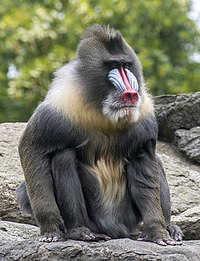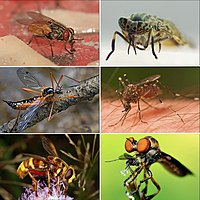
Comparative mitogenomics of freshwater snails of the genus Bulinus, obligatory vectors of Schistosoma haematobium, causative agent of human urogenital schistosomiasis
Sign Up to like & getrecommendations! Published in 2022 at "Scientific Reports"
DOI: 10.1038/s41598-022-09305-7
Abstract: Among the snail genera most responsible for vectoring human-infecting schistosomes, Bulinus, Biomphalaria, and Oncomelania, the former is in many respects the most important. Bulinid snails host the most common human blood fluke, Schistosoma haematobium, responsible… read more here.
Keywords: schistosomiasis; haematobium; comparative mitogenomics; schistosoma haematobium ... See more keywords

Comparative Mitogenomics of Flesh Flies: Implications for Phylogeny
Sign Up to like & getrecommendations! Published in 2022 at "Insects"
DOI: 10.3390/insects13080718
Abstract: Simple Summary Flesh flies (Diptera: Sarcophagidae) make up the second-largest family of Oestroidea. They are well known for their veterinary, forensic, and medical importance due to their extremely diverse feeding habits, making them a hotspot… read more here.
Keywords: ecology; mitogenomics flesh; flesh flies; mitochondrial genomes ... See more keywords

Comparative Mitogenomics of Jumping Spiders with First Complete Mitochondrial Genomes of Euophryini (Araneae: Salticidae)
Sign Up to like & getrecommendations! Published in 2023 at "Insects"
DOI: 10.3390/insects14060517
Abstract: Salticidae is the most species-rich family of spiders with diverse morphology, ecology and behavior. However, the characteristics of the mitogenomes within this group are poorly understood with relatively few well-characterized complete mitochondrial genomes. In this… read more here.
Keywords: first complete; complete mitochondrial; salticidae; mitochondrial genomes ... See more keywords